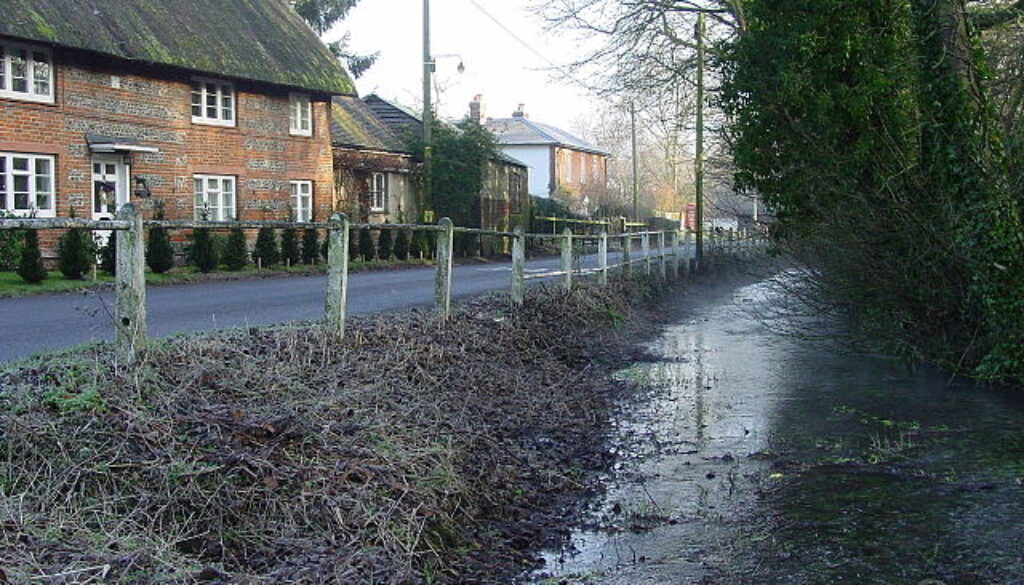Middle Wallop Conference
Agriculture and Health Conference with Pfeiffer and Lord Lymington who had just published Famine in England to quite some acclaim. The conference was held at his Hampshire Estate at Farleigh Wallop which was being made economically viable with organic cultivation and compost principles in cooperation with tenants, most of whom had been bankrupt. Other attendees included Sir RG Stapleton and Rolf Gardiner. Notable for the offer of Lord Northbourne at Betteshanger to make the preparations on one of the farms.
This period of interest -1930s – in what became to be known as Organic Agriculture is influenced by “old school” Conservative voting landowners with strong opinions on a range of issues from anti immigration to toughening up the poor state of the health of the young.
In contrast of the right wing tendency of pre war organics, Philip Conford postulates that the gulf left in the post war area of a viable natural agriculture was taken up by left leaning young communards who took to the hills away from Harold Wilson’s “white heat of technology” and joined communes and international communities – see also Prof Dan McKanon’s 2018 book Eco Alchemy .
Pfeiffer wrote of the meeting:
A few years before the outbreak of World War II a symposium of scientists and practical farmers took place, called together upon the initiative of Lord Lymington (now the Earl of Portsmouth). “Famine in England,” a book by Viscount Lymington (published in 1938), picturing in urgent words the future of English agriculture, which came only too true, was just in preparation. Lord Northborn in “Look to the Land” seconded the organic idea. Captain Wilson, the auccessful farmer and gardener from Lincolnshire, whose products stole all the prizes at agricultural exhibits, was also there. Many outstanding personalities were present. Sir Robert McCarrison (see Notes, below), the apostle of health based on better nutrition from living soils, was there, too.
The purpose of the symposium was to bring together and merge into one great endeavour all the different organic points of view and movements. It was felt that differences of opinion in the organic field could be bridged over, in fact, were healthy and a stimulus for the creation of future research and cooperation rather than opposition and stubborn disagreement. Field tests, laboratory experiments and health studies were decided upon. The need to extend soil studies into the analysis of products, their health and nutrition values, in short, a broad program of future research was instituted. Many valuable experiences and observations were contributed. Such a spirit of cooperation, mutual stimulation and enthusiasm to give momentum to the organic cause reigned there as the writer has rarely experienced at any other scientific conference. The meeting radiated a truly creative atmosphere. It was at this meeting that the writer, as the representative of the Biodynamic Movement (see Notes, below), met Sir Albert Howard for the first time, although he had followed his ideas with the greatest interest before. In fact, one purpose of the conference was to bring the organic idea of Sir Albert Howard and the biodynamic method into peaceful cooperation. Mutual experiments were discussed, thoughts exchanged and results agreed upon. This acquaintance was continued with several visits of Sir Albert to the writer’s former biodynamic farm in Holland, where he inspected and acknowledged the results of the biodynamic endeavour.
